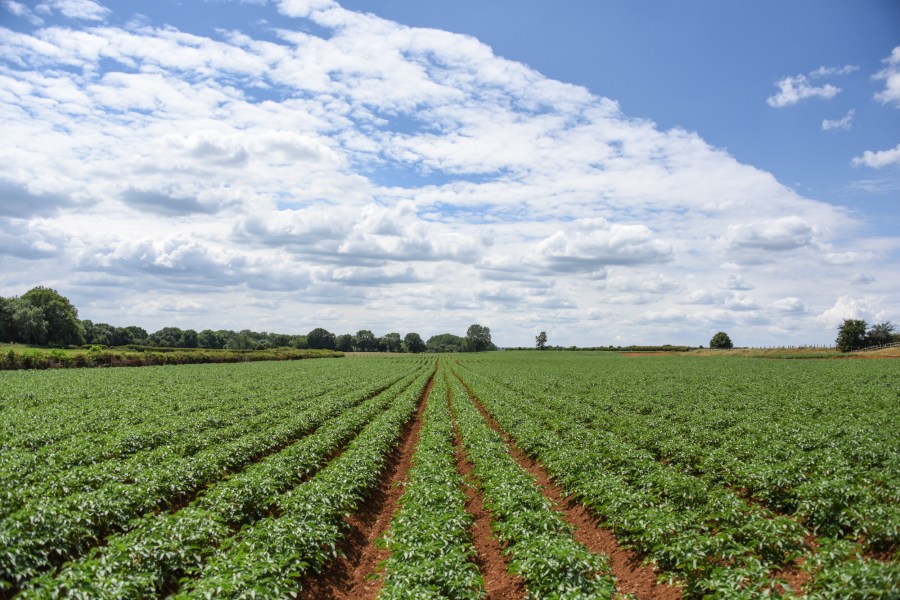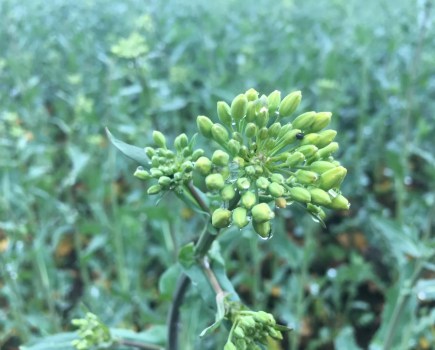Rain showers and warming temperatures have heightened the threat of potato blight with Hutton Criteria disease warnings declared across many of the UK’s key growing regions, meaning growers should be on high alert for blight, according to the latest advice from Corteva. Charlotte Cunningham reports.
The Blightwatch alert system, hosted by AHDB and the MET Office, has displayed red warnings since 11 June – indicating the highest level of blight threat – just as many crops are reaching the crucial rapid canopy growth stage.
Red alerts have been issued in England for Lincs, Yorks, Lancs, East Anglia and across the West Mids.
In Scotland fewer warnings have been issued but indicate that the same urgency and tightening of the blight programme should be a priority for growers in Angus and Ayr, and also in Ceredigion in Wales.
A prolonged period of hot, dry weather through much of April and May meant planting took place in good conditions and the disease threat remained low.
The challenge is intensifying with the widespread presence of newer, more aggressive strains of late blight which make vigilance ever more important.
Corteva Agriscience’s field technical manager for potatoes, Craig Chisholm, says that while the current situation hasn’t yet reached the epidemic levels of disease seen last June and July when persistent downpours made spray programmes so difficult for many, the threat is evident.
“The majority of the main crop is just embarking on the rapid growth phase, so the need to be on top of potential blight infection in new growth is key.”
Keeping the canopy clean
Growers will now be looking for windows of dry, calm weather in which to apply their spray programmes and so Craig advocates a strong preventative strategy which keeps the canopy clean as it develops. He believes Corteva’s new blight fungicide co-formulation Zorvec Endavia will play an important role in establishing a clean foundation to any programme.
“Zorvec chemistry has proven to be the best available fungicide in its control of late blight at the rapid canopy development phase, with the co-formulation of oxathiapiprolin + benthiavalicarb (Zorvec Endavia) being every bit as affective as the co-pack was in 2019,” he said.
“Timings will be largely dependent on variety and conditions, but Zorvec offers up to 10 days’ protection adding flexibility to programmes at a time when demand on available labour is particularly high.
“Regardless of application timing, growers will look to benefit from the product’s ability to move into new growth. This will have value during the rapid growth phase as well as later in the programme particularly on varieties with an indeterminate growth habit.”




